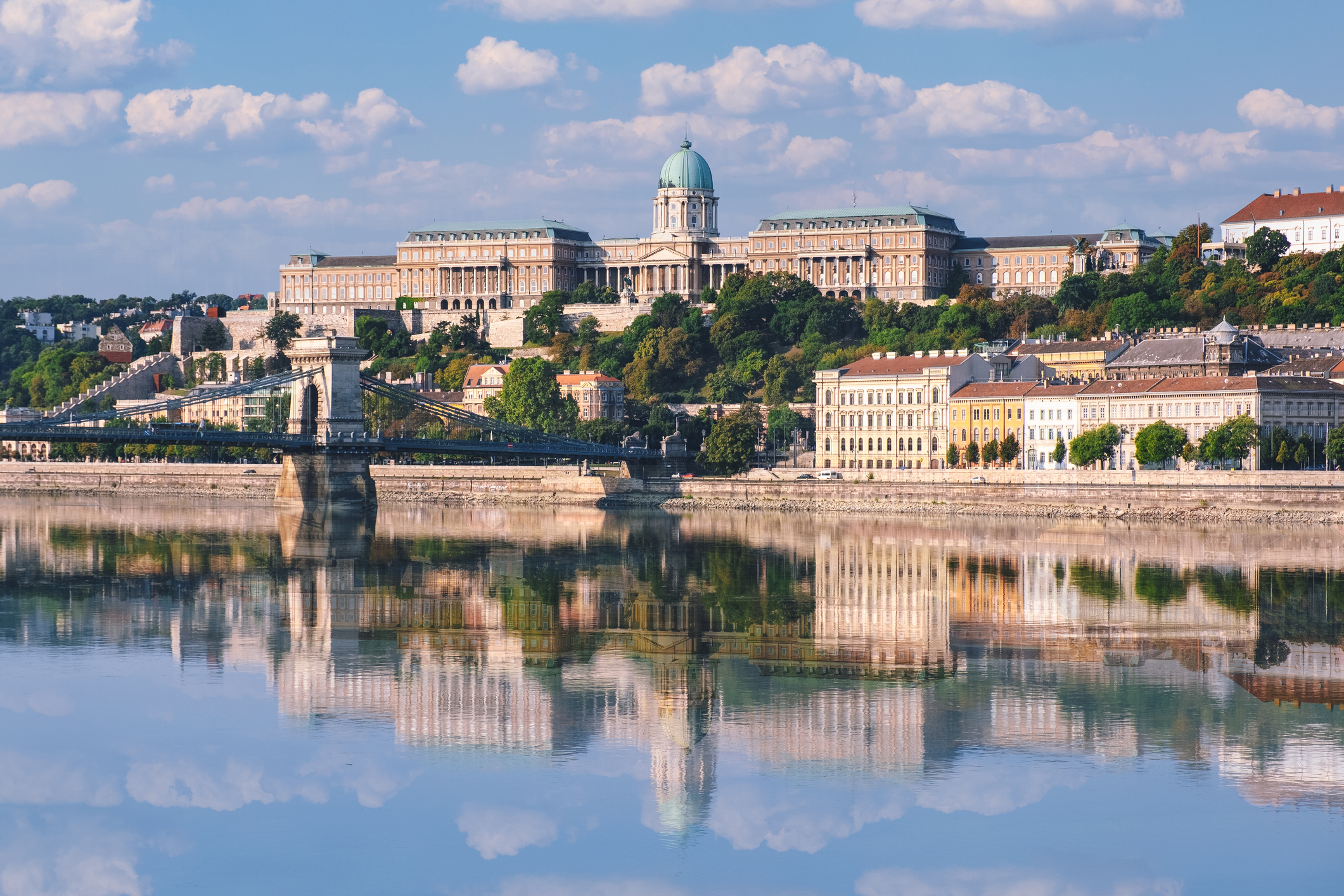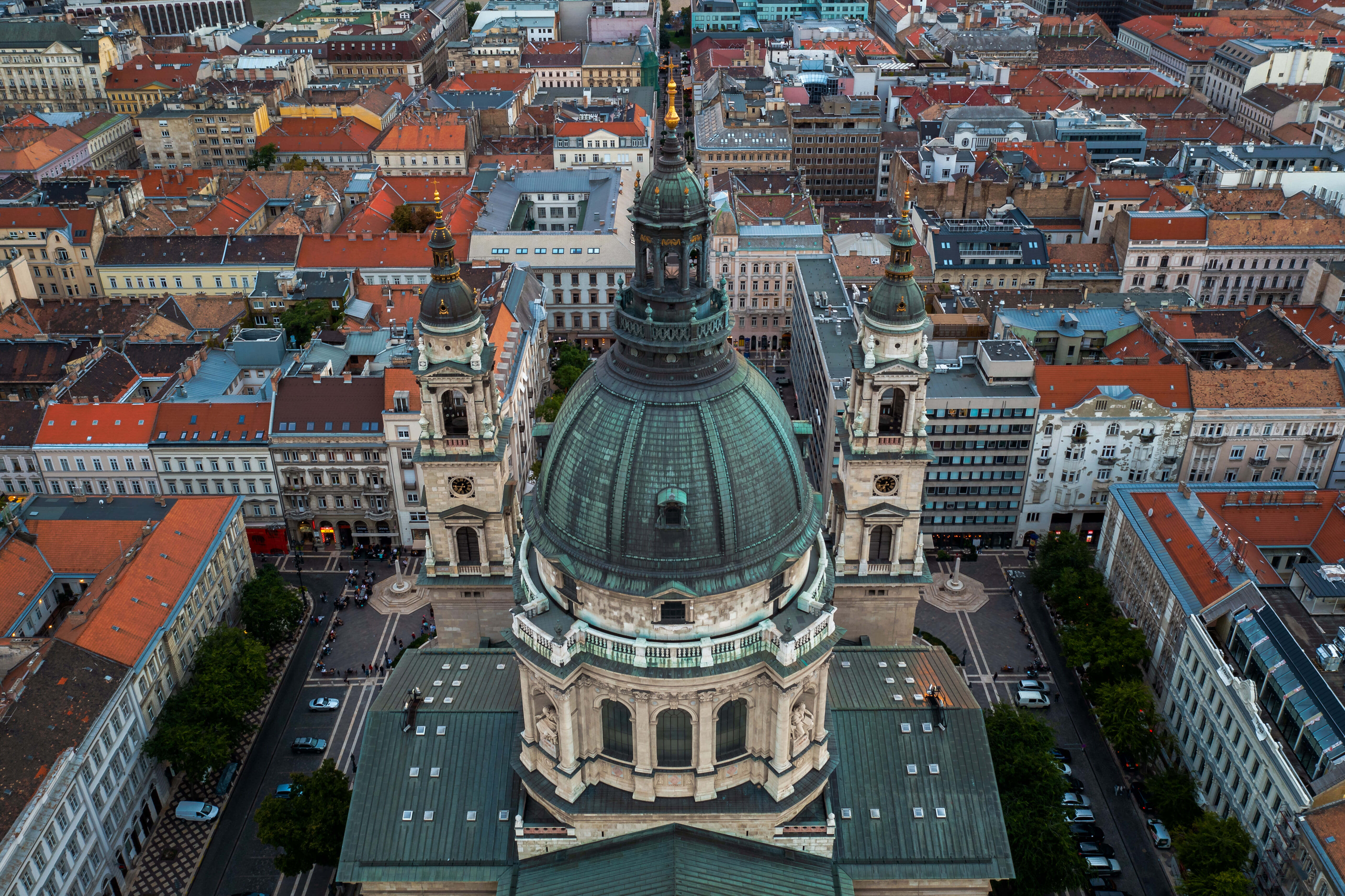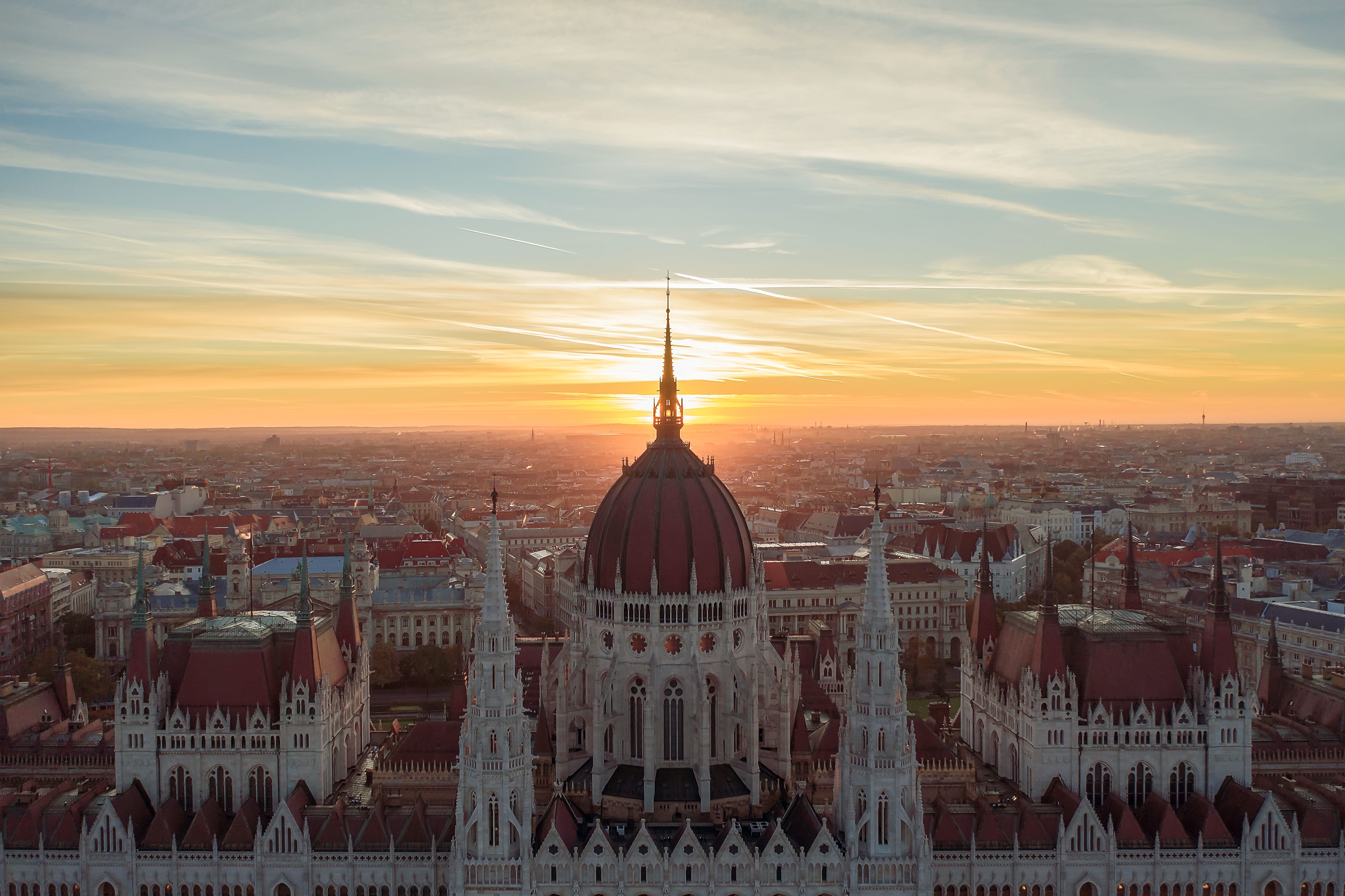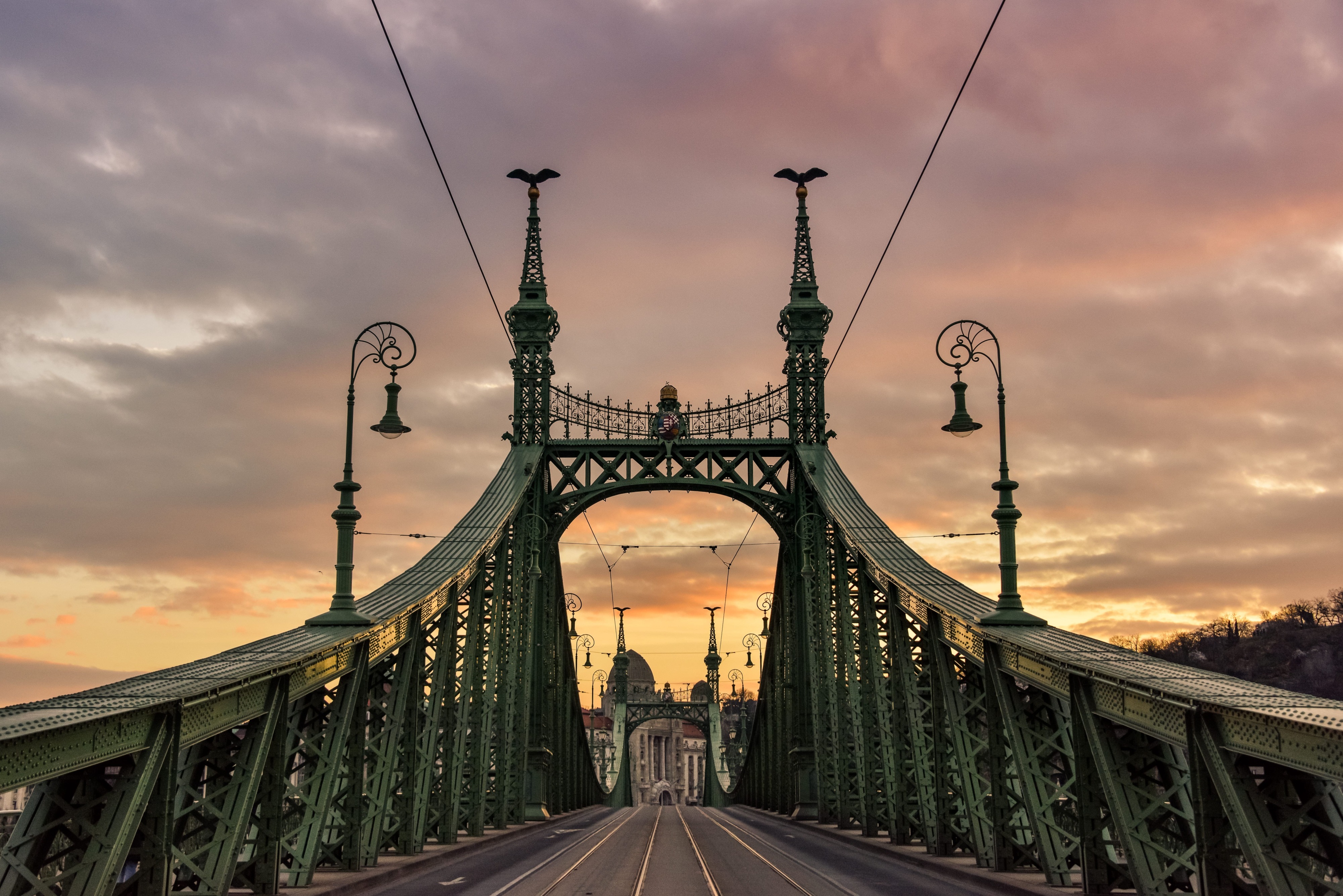One of Eastern Europe´s most handsome cities, Hungary´s capital is packed with remarkable architecture and historical landmark such as the House of Parliament and Buda Castle, as well as plenty of cool things to do – most notably luxuriating in its atmospheric hot-springs bathhouses, which date back centuries. And here´s a quintet of the best districts for exploring these and more:

Time Travel in the Castle District
Over on the Buda side of the Danube River, Várkerület (also known as Budavár) is Budapest’s oldest district yet one of its best preserved, lined with fine Baroque-style houses and other historical buildings with plenty of stone doors. This is where you’ll find the Castle Hill with the Gothic-style Buda Castle, dating back to the mid-13th century and also home to the Budapest History Museum; the Hungarian National Gallery; and the imposing Fisherman’s Bastion, a neo-Romanesque icon built in the mid-19th century and crowned by seven towers.

The ´Inner City´ – the Heart of Budapest
On the Pest side of the river, busy Belváros is the most central district of all, and home to not just myriad shops, restaurants, cafés, bars, and other nightspots but also various landmarks and attractions of interest to visitors. Outstanding examples include the iconic, 121-year-old House of Parliament; the Danube Promenade; the neoclassical, UNESCO-World-Heritage Szent István-bazilika (St. Stephen´s Basilica), completed in 1905 and along with Parliament still the city´s tallest building; and several of the city´s main boulevards, such as Váci utca (known for its shopping).

Terézváros – Shopping, Culture, and Nightlife
In this district alongside to the Inner City, another of Budapest´s main drags, also-UNESCO-World-Heritage Andrássy út, is also the place to go for upmarket shopping, and in addition it´s lined as well with gorgeous neo-Renaissance manses and townhouses. Furthermore, Terézváros is a great area for a great night out, at a plethora of bars, clubs, and restaurants as well as live music venues; two especially worth noting for classical fare are the late-19th-century State Opera House and Ferenc (Franz) Liszt Academy of Music. Another important landmark here, at the end of Andrássy út, is Hősök tere (Heroes´ Square), another UNESCO World Heritage Site in its own right, commemorating some of the historical leaders of the Hungarian nation and home to the Museum of Fine Arts and the Hall of Art (with a more modern collection).
Józsefváros – a Bit off the Beaten Path but Very Worthwhile
Also close to the Inner City, this neighborhood with its roots in the 18th century may go unnoticed by some, but it´s worth a visit thanks, in part because of the Hungarian National Museum; Gábor Baross Square; and beautiful Rákóczi Square Market Hall for Hungarian gastronomic goodies. But the real appeal of slightly delapidated Józsefváros lies in its Baroque and art nouveau architecture as well as its more recent status as a hipster hangout, with cool cafés, nightspots, and vintage shops frequented by in-the-know locals.

Béla Bartók Boulevard – for Culture Vultures
Named after the famous early-20th-century composer and locally referred to as Bartók Béla Boulevard (according to the Hungarian custom of rendering surnames first), this area south of Buda is a mix of quiet residential streets lined with handsome 19th century architecture and trendy restaurants, bars, and cafés along with a vigorous cultural scene including a slew of galleries and exhibitions (plus every September it hosts a very cool arts festival called Eleven). Here you´ll also find Gellért Hill, crowned by the mid-19th-century fortress known as the Citadel of the hill Géllert, with nearby outlooks from which you´ll get sweeping views out over the city (above).
Come discover a thousands years of history and culture in Budapest with Iberia!
Photos: Givaga; pawel.gaul; Viktoriia; AlizadaStudios; Medvedkov

